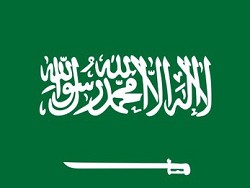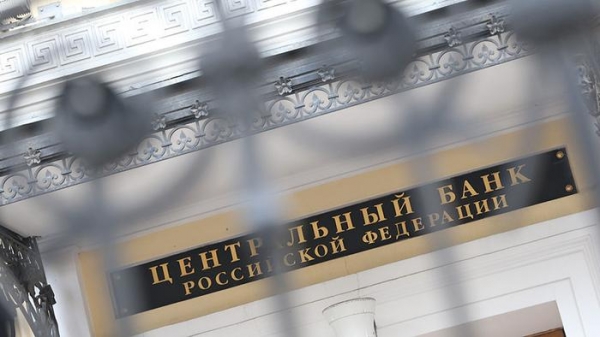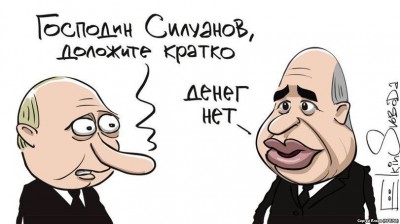
The liquidity crisis in Saudi Arabia is gaining momentum. To mitigate the situation the country’s Central Bank – Saudi Arabian Monetary Agency – issued to local banks loans.
In total under the preferential rate of the Central Bank issued annual credits in the amount of $4 billion for a period of one year. It is worth noting that the liquidity crisis in the banking system of the Kingdom arose partly because of the actions of the authorities.
The fact that the background of a sharp decline in oil prices, which we have seen in recent years, has seriously reduced foreign exchange earnings to the country, and the local currency is the Rial is pegged to the dollar but to decouple it, the Saudis do not want.
Thus was formed a large enough budget deficit to be financed by governments through the sale of bonds in local currency, and they withdraw deposits placed in banks.
Experts believe that in the near future we will see other measures to stabilize the interbank market. In particular, most likely, will be lowered reserve requirements and monetary authorities may raise the ceiling of the ratio of loans and deposits in banks. That vision was expressed by Monica Malik, chief economist at Abu Dhabi Commercial Bank.
Here is the dynamics of interbank market rates Saudi Arabia:
Obviously that is of no improvement of the question, and the liquidity crisis is the most that neither is active. Of course, it can not create risks around the financial situation of the whole country.
That is why credit default swaps on Saudi Arabia are at high elevations.
The market is well aware of what issues may arise in Saudi Arabia even at current oil prices, therefore, have long been speculators make large enough bets on possibly of the Rial from the dollar, in other words, devaluation.
The chart shows the spot rate of the Rial, as well as three-month forward contracts on a couple of the Saudi currency with the dollar. And of course, the situation now looks much better than in January this year, when oil prices were testing multi-year lows, however it can deteriorate at any time.
The pattern is very simple: the lower the fall in oil prices, the less monetary income, increasing budget deficit, and thus increases the pressure on the currency.
In fact, the amount of risk the Saudi economy is constantly growing.
According to official statistical data, in I quarter of the Kingdom’s GDP grew by 1.5% compared with the previous year – the lowest since the first quarter of 2013
In addition, the non-oil sector decreased by 0.7%, given that non-oil private sector grew by just 0.2% year on year – the minimum rate over the past 25 years.
However, economist on the Middle East at Capital Economics Jason Tuvi recently argued that there is “one area of the economy, which appears to be suffering particularly badly, is construction.
The volume of production in the construction sector in the first quarter decreased 1.9 percent compared to last year, against II quarter also we should not build rosy expectations, which became clear from the data Construction NCB Business Optimism Index.
The weakness of the construction sector can affect other parts of the economy, particularly in the consumer sector. He also noted that the builders had already delayed payment of wages and lowered employment in conditions of lack of new projects.
Sector could face financial problems. In a September IMF report for 2015 found that the balances in the Saudi construction sector was “weaker” than in other sectors.







